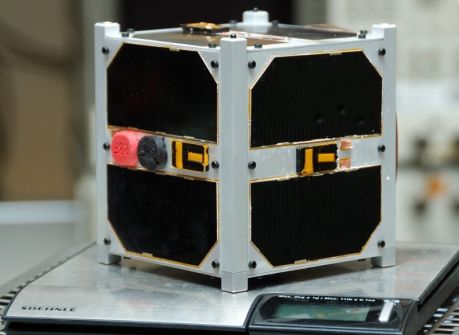At a time when budgets are cut, satellites weighing just a few kilograms could become valuable tools for space exploration. For nanosatellites to open space to a larger community, an EU-funded project sought to establish a secure base of technologies, infrastructure and human resources.
Over the last decades, Europe has shown a strong capacity to develop and
operate Earth observation (EO) systems. Drawing on long track records
of success in monitoring our planet from space, there is now an
opportunity to link advancements in nanosatellite technology with
implementation of the EU's space policy.
Copernicus, Europe's own strategic surveillance system, is currently deployed. A constellation of EO satellites and in situ sensors will collect reliable data to help understand how our planet and its climate are changing. Moreover, the information promises to shed light on the role played by human activities in these transformations.
The EU-funded project
NANOSAT (Utilizing the potential of nanosatellites for the implementation of European space policy and space innovation) aimed at demonstrating the capabilities of nanosatellites and providing a holistic database of all the actors. The nanosatellites may be tiny, but these, less expensive satellites can support many of the functions currently performed by expensive large space systems.
More importantly, nanosatellites can support innovative services, complementing Copernicus services that cover environmental and security issues. To achieve its goal and reach the desired impact, the project brought together all major actors in the European nanosatellite landscape:
Tartu Observatory,
Aalborg University,
OHB System AG and
NANOSPACE, all coordinated by
Invent Baltics OÜ.
In several workshops organised within NANOSAT, the existing and new innovative applications enabled by satellites as small as 40 cm and weighing as little as 1 kg were showcased. In addition, project findings were presented at selected international conferences related to space, research and innovation. The proceedings of the workshops and other related documents can be found from the
project’s website document repository.
In particular, the success stories were used to identify opportunities opening up for miniature space missions to contribute to EO as well as education. Furthermore, an ongoing change from educational CubeSats to real missions motivating engineering inventions and advances was revealed.
Lastly, through a web survey, Europe's nanosatellites community was invited to provide input that helped NANOSAT partners to understand the current technology level. Together with possible obstacles in the development of nanosatellite projects, the findings allowed drawing proof-of-concept missions.
Nanosatellites have been proven capable of supporting the development of follow-on satellite systems and missions. As their technology advances past the proof-of-concept demonstrations of NANOSAT, Europe should be able to incorporate nanosatellites in the Copernicus programme.
And last but not least – one of the main results of the project was presenting the world’s largest comprehensive and constantly updated online nanosatellite database that can be found on the
project webpage.

